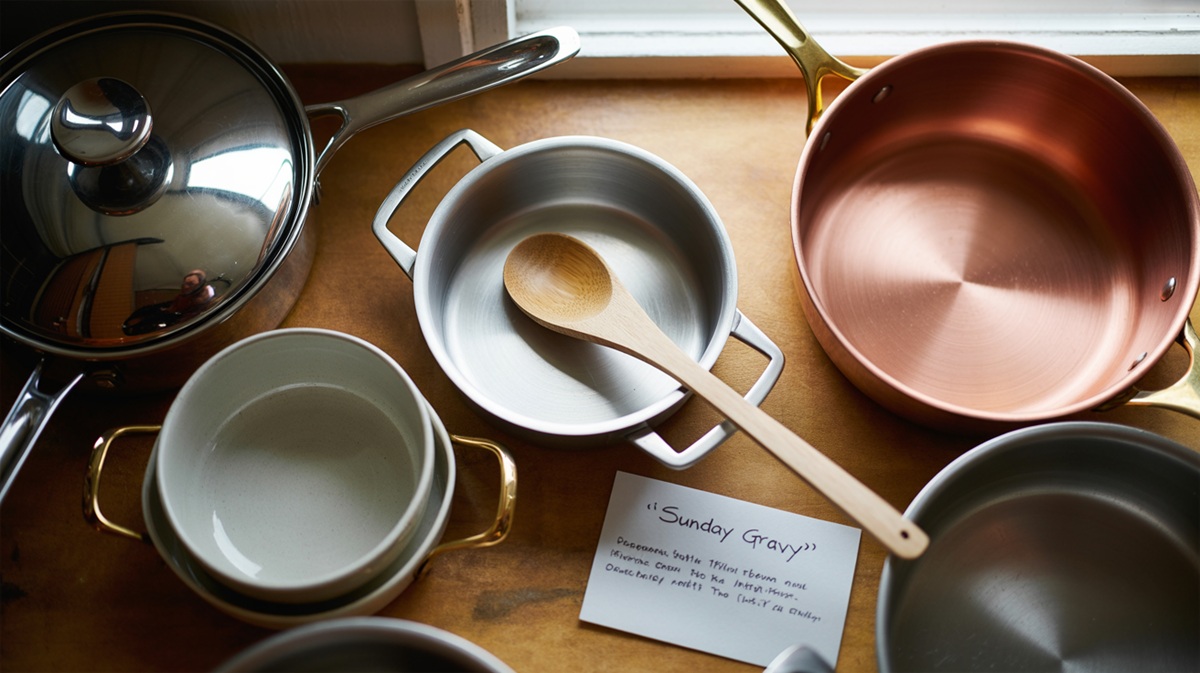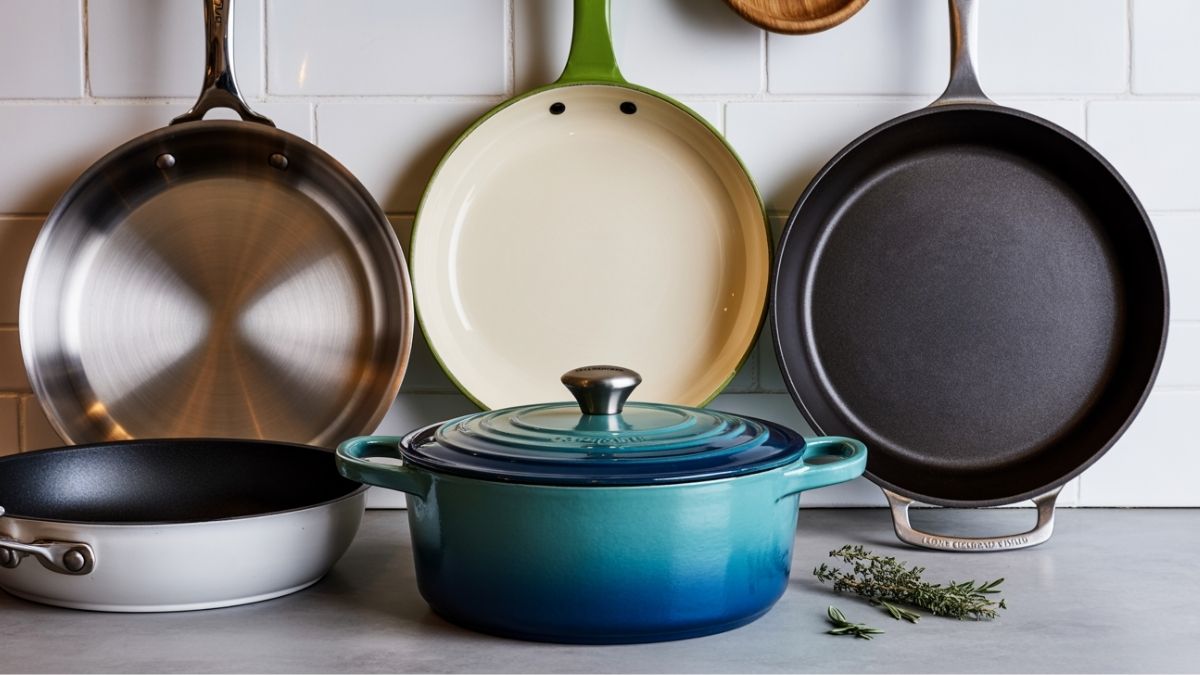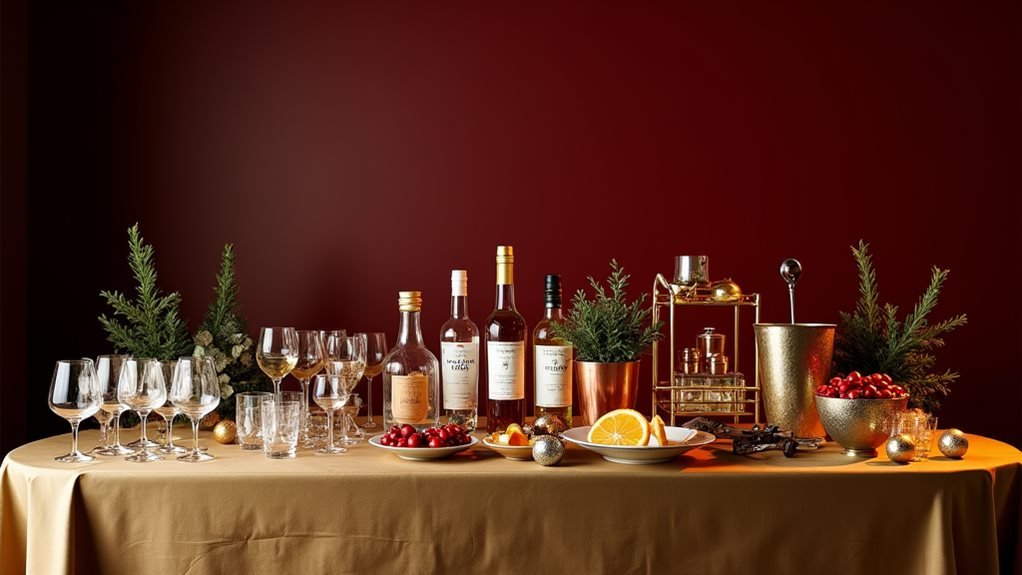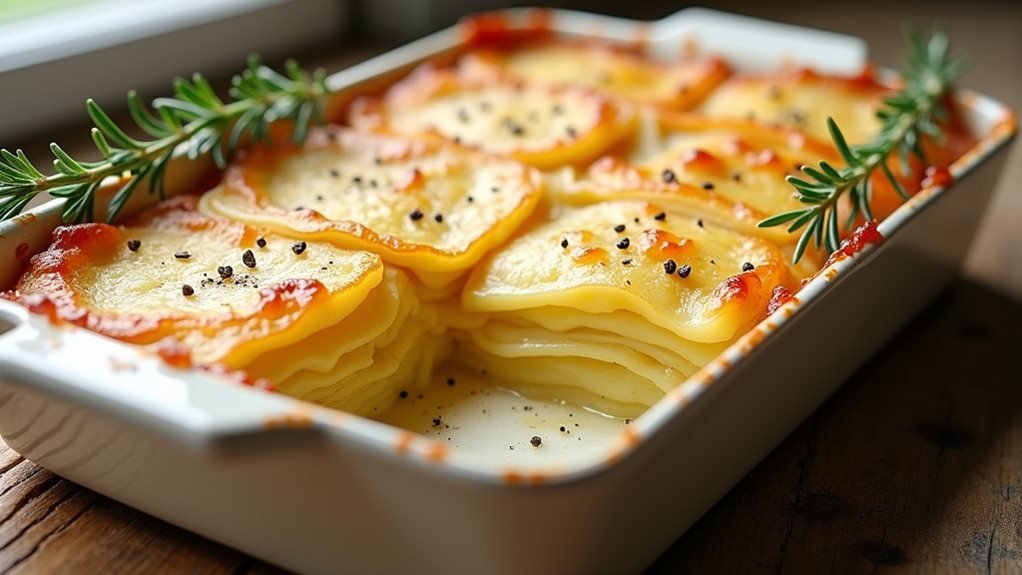Finding good pots and pans isn’t just about price — it’s about selecting cookware that suits your cooking habits, stove type, and safety requirements. The right set can elevate your meals, improve efficiency, and last for decades.
👉 Quick Tip: If you’re shopping on a budget, see our Inexpensive Cookware Set guide for affordable, high-performing options.
What Makes a Good Pot or Pan?
Good cookware strikes a balance between material quality, durability, and ease of maintenance. Even small details, such as base thickness, handle design, and coating type, influence performance and longevity.
According to real cooks on Reddit’s Cookware Community, even heat distribution and lifespan matter far more than brand prestige.
👉 Curious about the next generation of durable, non-toxic cookware? Discover how hybrid designs are transforming kitchens in our guide to ceramic-coated steel cookware — combining the strength of stainless steel with the easy-clean performance of ceramic.
Key Factors to Consider
- Material: Stainless steel, copper, and cast iron perform differently.
- Weight: Heavier pans often retain heat better, but can be cumbersome.
- Handles: Riveted and oven-safe handles provide safer, sturdier control.
- Heat Conductivity: Aluminum and copper cores provide more even cooking.
Durability and Longevity
High-quality cookware can last decades. Stainless steel and enameled cast iron can endure years of daily cooking, while non-stick coatings typically perform best for 2–5 years with proper care.
Safety and Non-Toxicity
Always confirm that cookware is free from PFAS and lead. Modern non-stick and ceramic options are much safer than their older counterparts. For verified safety guidelines, review the official FDA Cookware Safety Resource.
⚠️ Warning: Avoid overheating non-stick cookware over 500°F — doing so may damage coatings and release harmful fumes.
Ease of Cleaning and Maintenance
Look for seamless, dishwasher-safe interiors or smooth ceramic finishes that resist food sticking. Stainless steel may require gentle polishing to prevent discoloration over time.
Types of Pots and Pans by Material
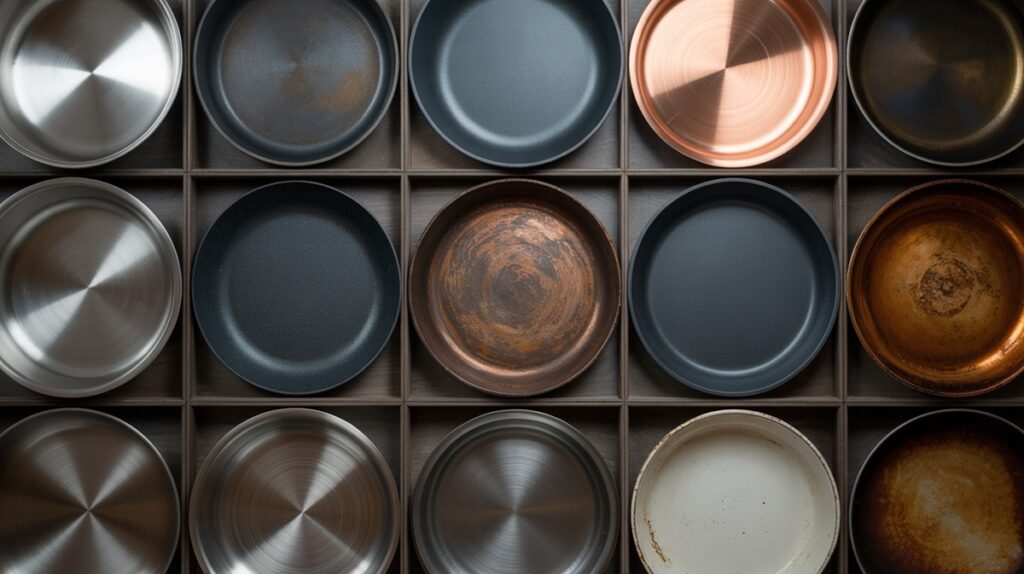
Each cookware material has unique strengths and trade-offs. Here’s what our hands-on tests found:
Stainless Steel Cookware — Pros, Cons, and Top Picks
Stainless steel excels in searing, browning, and high-heat performance. For unmatched quality, see the All-Clad Pot and Pan Set.
Non-Stick Cookware — Best for Easy Cooking
Perfect for low-fat and low-maintenance cooking. Choose PFAS-free options and avoid metal utensils to preserve the coating.
Ceramic Pots and Pans — Healthier Cooking Option
Fully non-toxic and naturally slick. Great for delicate foods and low-heat cooking.
Copper Cookware — For Professional-Level Heat Control
Offers the best heat responsiveness for expert cooking. ⚠️ Note: Bare copper may react with acidic foods; choose lined or stainless-clad designs.
Cast Iron and Enameled Cast Iron — Timeless Durability
Unrivaled heat retention and multi-use versatility. Seasoned cast iron can outlive generations with minimal upkeep.
📺 Watch our cookware material comparison here.
Best Pots and Pans for Every Type of Stove
Not all cookware works with every stove type. Compatibility matters for both performance and safety.
Best for Gas Stoves
Use multi-ply stainless steel or cast iron with thick bases to distribute heat evenly.
Best for Electric Stoves
Flat-bottomed pans ensure steady heat contact and prevent uneven cooking.
Best for Induction Cooktops
Requires magnetic cookware. 👉 Related: Read our Induction Compatible Cookware Guide.
Best for Glass Top Stoves
Use smooth-bottomed cookware to avoid scratches. See our Glass Stove Cookware Guide.
The Health Factor — Safe and Non-Toxic Options
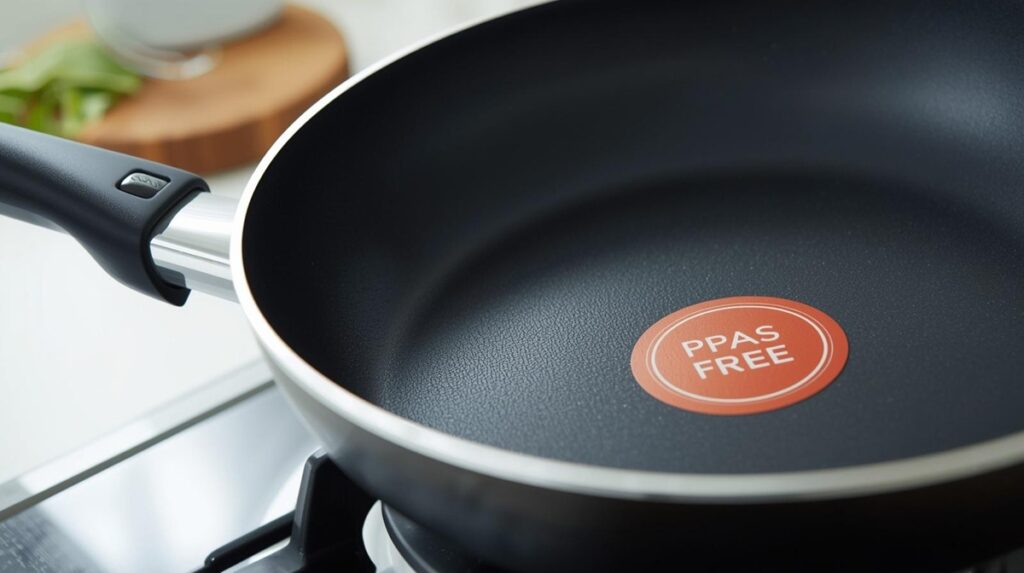
Cookware safety is a major consideration for buyers. Choose PFAS-free, lead-free, and BPA-free materials whenever possible. Ceramic and enameled cast iron remain top choices.
⚠️ Reminder: Replace non-stick pans manufactured before 2015; older coatings may contain legacy PFAS compounds.
Best Brands and Cookware Sets in 2025
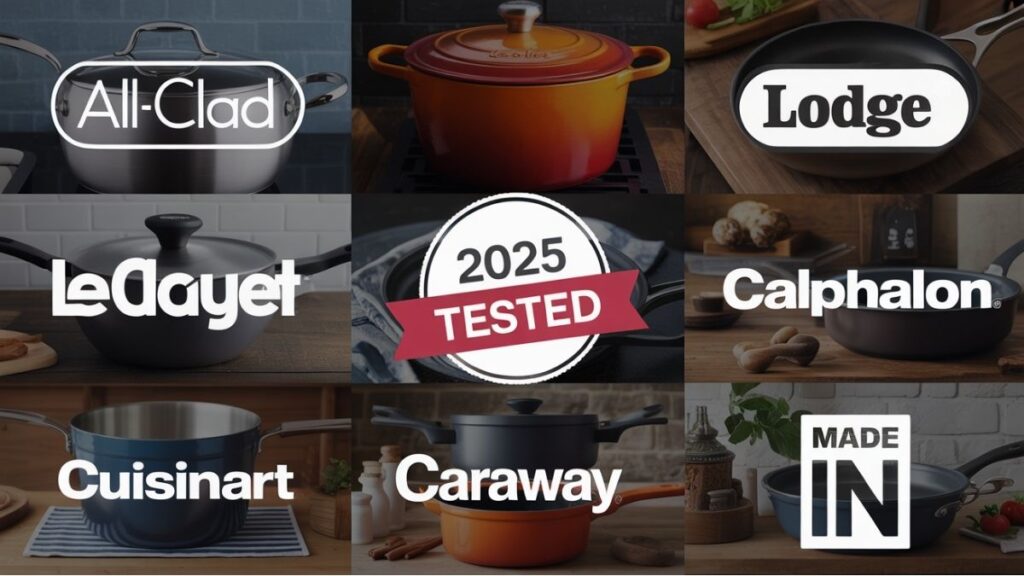
| Tier | Brand | Strength |
|---|---|---|
| 🏆 Premium | All-Clad, Le Creuset | Top-tier construction and durability |
| 💪 Mid-Range | Calphalon, T-fal, Cuisinart | Balanced quality for everyday cooks |
| 💰 Budget | Tramontina, GreenLife | Affordable and non-toxic starter sets |
👉 Expert Pick: See Food Network’s Cookware Reviews for lab-tested comparisons.
Choosing Pots and Pans Based on Your Cooking Style
Match cookware to your real-life habits for the best experience.
Everyday Cooking vs. Gourmet Meals
Home cooks benefit from easy-to-clean non-stick surfaces, while advanced chefs prefer stainless steel or copper for precise temperature control.
Best for Home Cooks and Families
Look for multi-purpose sets that include sauté pans, stockpots, and interchangeable lids.
Best for RVs, Small Kitchens, or Apartments
Compact nesting sets are ideal for tight spaces and are compatible with induction.
Smart Buying Guide — Finding the Best Deals
Timing matters — major cookware discounts happen during Black Friday, Prime Day, and holiday sales.
👉 Tip: Check open-box or bundle deals to save up to 30%.
⚠️ Caution: Avoid unbranded cookware; poor-quality coatings may flake or off-gas.
Organizing, Cleaning, and Maintaining Your Cookware
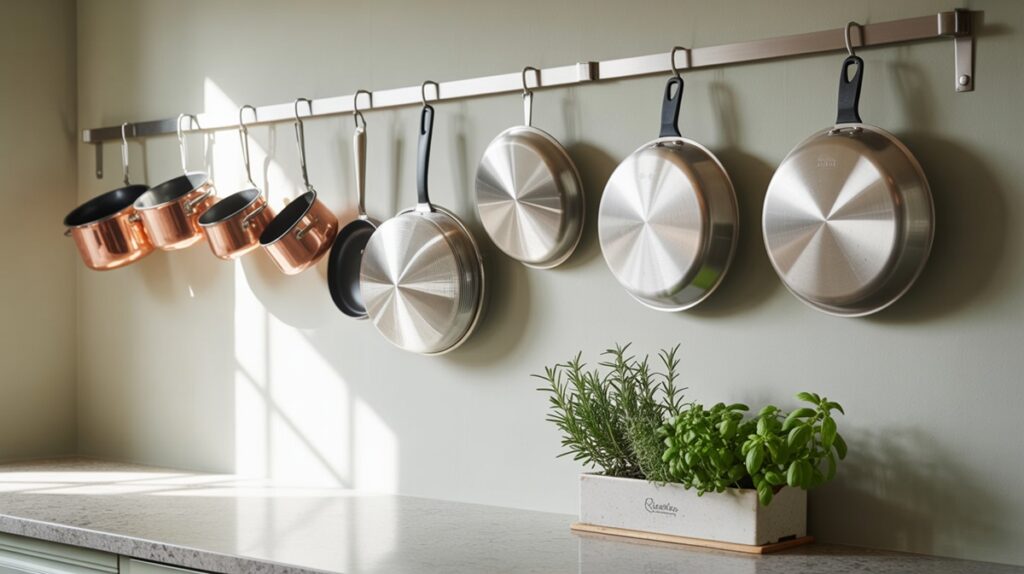
Proper care can significantly extend the lifespan of your cookware by years.
- Use felt protectors between stacked pans.
- Dry thoroughly after washing to prevent rust or spotting.
- Clean stainless steel with mild vinegar or baking soda paste monthly.
👉 Resource: Explore our cookware organization and cleaning guide.
Frequently Asked Questions
How do I keep my cookware looking new?
Clean soon after cooling, using mild soap, and polish with a vinegar-water solution monthly to keep stainless steel shiny and non-stick coatings intact.
Can I put non-stick pans in the dishwasher?
Hand washing is always best, even for dishwasher-safe pans, as high heat and detergents can break down the coating over time.
What’s the safest way to remove burnt residue?
Soak the pan in a solution of baking soda and warm water for 20 minutes, then scrub gently with a soft sponge. Avoid using metal scrapers to prevent damage to the finish.
Expert Recommendations and FAQs
What Pots and Pans Do Chefs Use?
Professional chefs favor stainless steel and carbon steel for versatility and durability.
Most Durable Cookware Brands According to Reddit & Reviews
All-Clad, Made In, and Le Creuset remain the most trusted for long-term performance.
Common Cookware Myths Debunked
- “Non-stick lasts forever.” → False. Average lifespan is 3–5 years.
- “Cast iron is hard to clean.” → False. Seasoning makes cleanup easier over time.
Final Thoughts — Finding Your Perfect Cookware Set
Good cookware should feel natural in your hands. Whether you’re cooking for one or a family, invest in quality materials that make cooking enjoyable, safe, and efficient.
👉 Next Step: Explore our All-Clad Review or learn about Induction Cookware.
